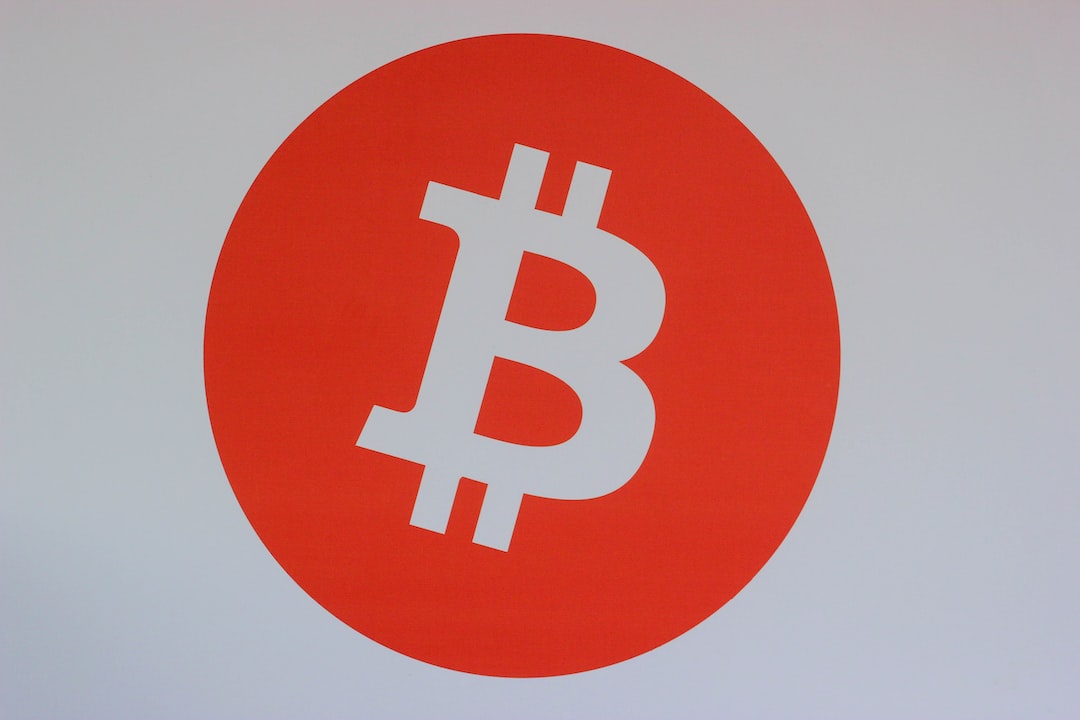The Implications of Layer-2 Solutions in the Crypto Market
The cryptocurrency market is experiencing a resurgence as Bitcoin (BTC) and other digital currencies anticipate a bull market. During the recent crypto winter, various projects, including Polygon, have been growing and gaining users by offering layer-2 (L2) solutions to scale Ethereum, the primary protocol. But what does this mean for investors and developers? Are L2s a better protocol to build on? Are other layer-1s (L1s) doing anything to stay competitive?
Cointelegraph has released a report called “L1 vs. L2: The Blockchain Scalability Showdown” that explores why scaling solutions are necessary for the limitations of L1s. The report delves into the current state of scalability solutions, bridges, and interoperability-focused projects.
Understanding Layer-1 and Layer-2 Protocols
Layer-1 blockchains like Bitcoin and Ethereum are base protocols that can be used alongside third-party layer-2 protocols. They are also known as mainnets or primary chains. On the other hand, layer-0 (L0) protocols allow developers to combine elements from different L1 and L2 protocols while maintaining their own ecosystem for increased interoperability.
L2 protocols enable thousands of low-value transactions to be processed on parallel blockchains before being transferred to the mainnet for immutable recording. This report provides valuable information and insights to help readers make informed decisions in preparation for the upcoming “crypto summer.”
Addressing Gas Fees and Beyond
Ethereum gas fees have long been a significant issue, often surpassing the value of underlying assets in transaction costs. Solutions have emerged to combat this problem and improve scalability, transactions per second (TPS), interoperability, and user experiences for developers and users.
Comparing Protocols Beyond Speed
TPS is one factor that distinguishes newer protocols from older ones like Bitcoin and Ethereum. While Bitcoin and Ethereum serve as their own L1s, they lack intrinsic solutions to operate at the same speed as newer networks. Layer-0 protocols act as a base layer for interoperable protocols, while L2 protocols are built on top of L1s to fill gaps and enhance efficiency.
For example, if a protocol has a low TPS, an L2 can provide a cost-effective way to utilize the same programming language and infrastructure of the L1 for security purposes.
Emerging Trends for the Future
The report highlights emerging trends that are shaping the narrative of protocols beyond traditional L1s. These trends include asset tokenization and account abstraction.
Asset tokenization involves representing real-world assets (RWA) on decentralized ledger protocols, which will contribute to the growth of next-generation protocols. As assets migrate to these protocols, transaction congestion may increase, necessitating easier custody solutions for average users. Account abstraction simplifies user experiences by eliminating requirements like seed phrases for account recovery and streamlining complex payment structures through smart contract batching.
The Cointelegraph Research Team
Cointelegraph’s Research department consists of experts in the blockchain industry who provide accurate and insightful content. The team includes subject matter experts from finance, economics, and technology fields who utilize APIs from various sources to deliver reliable information and analyses.
Hot Take: Unlocking Scalability with Layer-2 Solutions
The rise of layer-2 solutions in the crypto market signifies a promising “crypto spring” after a long winter. These solutions address scalability issues faced by layer-1 blockchains like Bitcoin and Ethereum, offering faster transactions, reduced gas fees, and enhanced interoperability. By leveraging layer-2 protocols, developers can build on existing infrastructure while benefiting from improved TPS and user experiences. Asset tokenization and account abstraction are key trends driving the future of protocols, enabling the representation of real-world assets and simplifying complex payment structures. As we enter “crypto summer,” it is crucial to stay informed about the evolving landscape of L1s and L2s to make well-informed investment decisions.





 By
By
 By
By
 By
By

 By
By